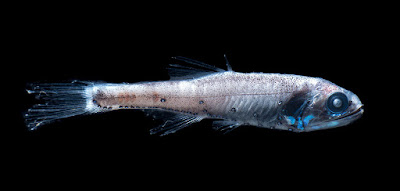turtle yawn | retro turtle 0616
Turtle Habitat
Sea turtles inhabit tropical and subtropical waters around the world, playing with the case of the leatherback turtle, it reaches the cool waters of Alaska as well as the European Arctic occasionally.
Even though some species have a wide syndication, an example of a limited distribution certainly is the Flatback sea turtle (Natator depressus) which only dwells on the continental shelf of Australia, including Papua Fresh Guinea and Indonesia. Also, the Kemp’s Ridley sea turtle (Lepidochelys kempii) inhabits only part of the American region.
The main regions of the world together with the presence of sea frogs, separated by species, will be below.
Oriental sea turtle (Chelonia mydas) - the Atlantic Ocean, Gulf of Mexico, Puerto Rico, Mediterranean and beyond, African coasts, Northern Australia, Argentine, Pacific Ocean.
Loggerhead ocean turtle (Caretta caretta) -- coastal bays and fields of all continents, except Antarctica.
Kemp’s Ridley sea turtle (Lepidochelys kempii) - the Gulf of Mexico, South of the United States and several specimens in Morocco and the Mediterranean Sea.
Olive Ridley ocean turtle (Lepidochelys olivacea) - Mexico, Panama, Costa Rica and India.
Hawksbill sea turtle (Eretmochelys imbricata) - Indo-Pacific Regions, Africa, Brazil, Sydney.
Flatback sea turtle (Natator depressus) - Australian shorelines as well as southern Indonesia and Papua New Guinea.
Leatherback sea turtle (Dermochelys coriacea) - It has an extensive division around the world. The Gulf of Alaska, Argentina, South Africa, Cal (USA), Tasmania and India are just some of the places where this lives.
The adults stay in shallow drinking water and near the coasts, nevertheless sometimes they enter the wide open sea. They live peacefully with other living creatures of the marine fauna, and some stay close to the coral reefs or rocky areas.
The natural habitat of sea turtles includes feeding, migration, propagation, and nesting areas.
Shorelines are paramount for these lizards since the females come to the shore to deposit the eggs into the nests.
Estuaries, brackish areas where water through the ocean mixes with freshwater from the rivers, mangroves, and seagrass with tall crops are also part of their an environment. The high diversity of aquatic plants and fauna complement the environment of the turtles that live there.
The coral reefs reefs, which add color and beauty to the seabed, also provide habitat for more than 530 marine organisms, including sea turtles.
Coastal development, individuals disturbance, ocean pollution and artificial lighting are more and more severe problems for chelonians, as their spaces keep minimizing every day.
Marine turtles migrate for two causes, searching for food or duplication. Trips are hundreds yet sometimes thousands of miles very long, depending on the species and the achievement of their quest.
The Leatherback sea turtle (Dermochelys coriacea) is the species with the top migrations, traveling around 6th, 000 km each year. It crosses the Pacific Ocean via Asia to the west seacoast of the United States to get more food.
Organic sea turtles (Chelonia mydas) travel approximately 2, 100 km across the Pacific Ocean to reach the waters surrounding the Hawaiian Islands.
The Kemp’s Ridley sea turtle (Lepidochelys kempii) cover two main routes within the region of the Gulf of Mexico: one to the north, towards the Mississippi area, and the additional to the south of Mexico reaching the Yucatan Peninsula, in the Standard bank of Campeche.
In the case of hawksbill sea turtles, they have numerous migratory patterns. Some individuals show long migrations during breeding seasons, others travel short distances, and some will not migrate at all.
Flatback marine turtles (Natator depressus) produce trips within the Australian shorelines, covering up to 1, three hundred km.
The Olive Ridley sea turtles travel over the eastern Pacific Ocean and the Indiana Ocean, while for the Loggerhead sea turtles (Caretta caretta) there is not known how a large number of miles they travel, but are thought to be thousands.





Comments
Post a Comment